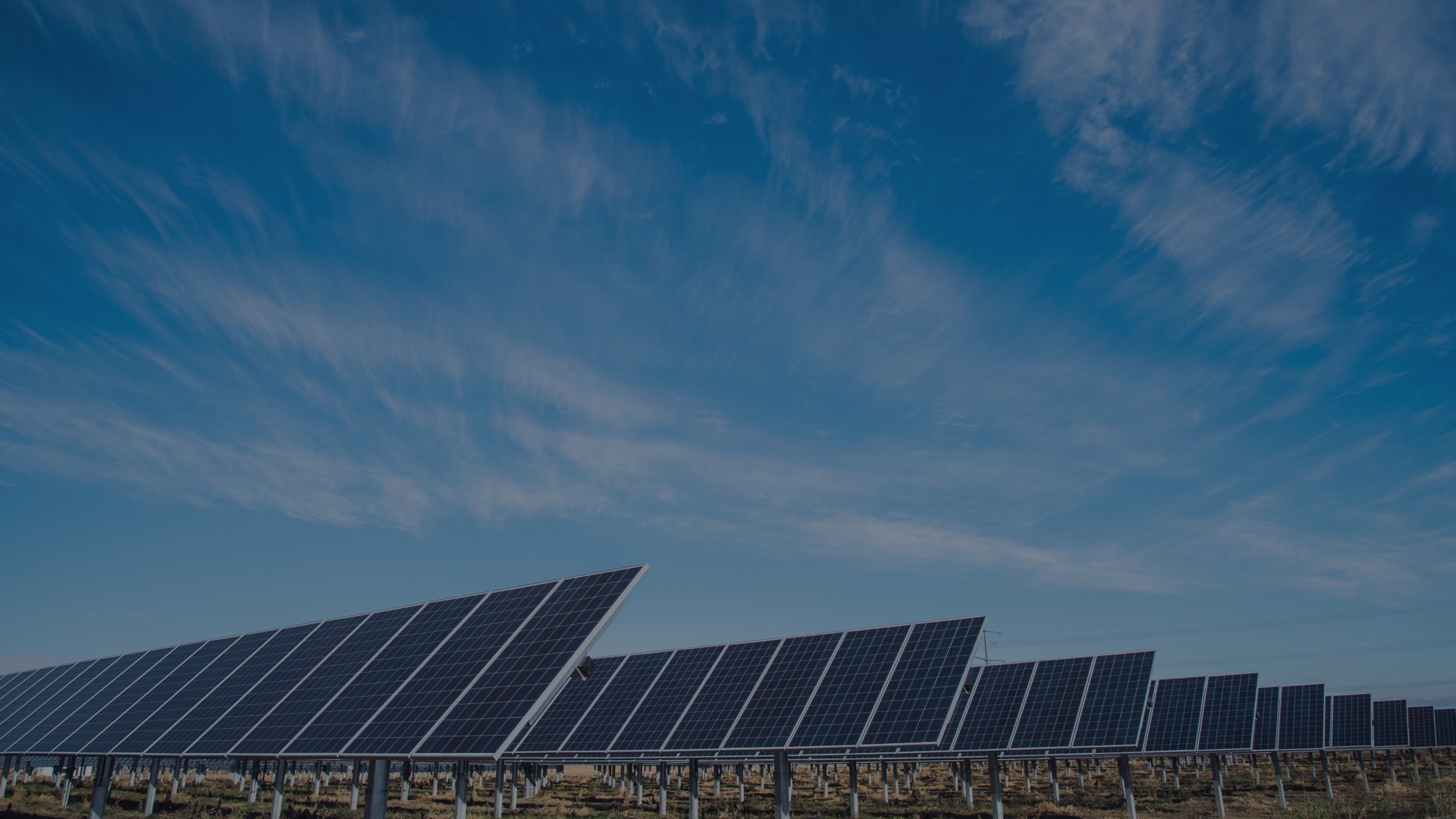New research from Northumbria University is looking into the possibility of using alternative materials for solar PV energy.
According to the experts, using certain unconventional materials could perhaps lower the cost of the technology, providing even more benefits for consumers.
Researchers at the university are investigating if PV modules based on kesterite could be used, with thin strips developed using the copper-zinc-tin sulphide crystal structure.
It has been suggested that the materials in question could be less expensive to use, and could be made more widely available than materials which are currently being used for PV modules.
Any method which significantly cuts the costs of development of solar panels will be a huge benefit to the industry and for consumers nationwide.
Reduced costs of solar panels will encourage further take-up of the technology, with more and more households perhaps prepared to invest in the carbon-reducing system. Lower costs also means a higher rate of return on investment for consumers, if the the feed-in tariff is accessed.
The research into kesterite is just one part of a Europe-wide project that aims to train researchers to develop CZTS-based solar cells that would make solar-generated electricity more sustainable and competitive. The KESTCELLS scheme is valued at €3.7 million (£3.11 million).
Reader at Northumbria University Dr Forbes said: “More solar energy falls on the earth’s surface in one hour than the entire global population uses in a year. It is important that we increase our capabilities of using the sun as an energy source.
"In order to do this, research is needed to find the best performing thin film technology that is based on sustainable materials and is capable of being cheaply manufactured, bringing down the price of photovoltaic energy."
It is hoped that KESTCELLS research will soon help to increase the understanding of kesterite materials, to improve efficiencies and broaden the options for mass production.
